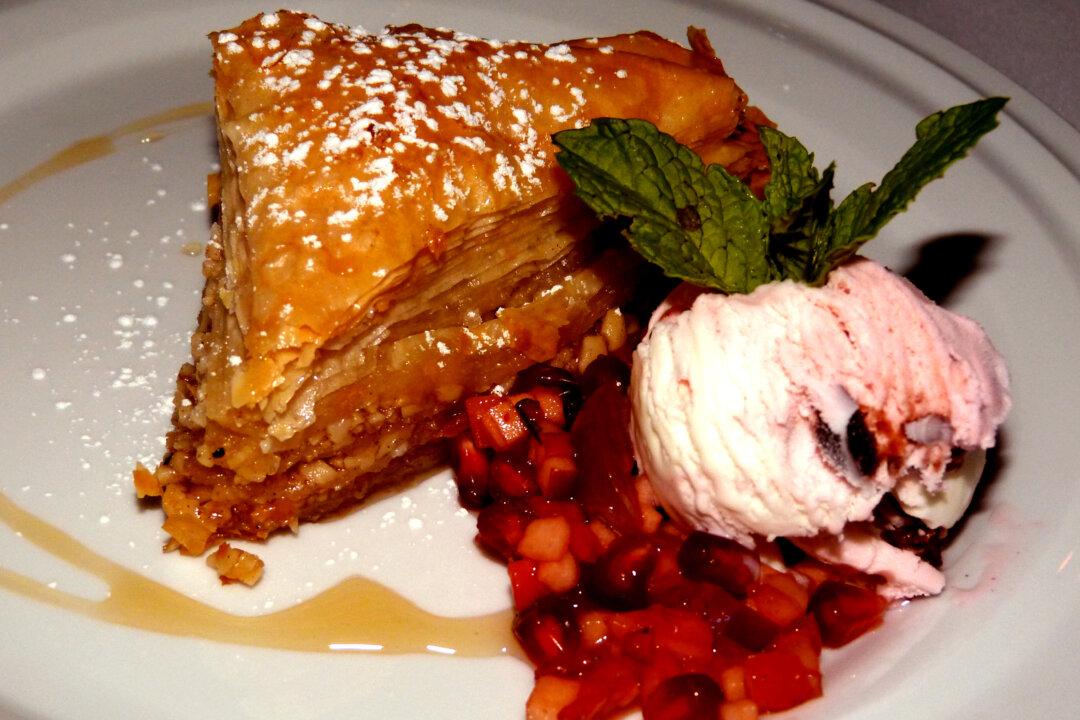The first breathtaking sight of the Greek island of Santorini makes one want to believe that it was indeed the fabled Atlantis. The volcanic island rises straight up from the sapphire-blue sea, with the whitewashed buildings of four villages—Oia, Firá, Imerovigli, and Firostefani—decorating the rim of the horseshoe-shaped crater.
Sadly, there is no real evidence to support the claim that the Minoan civilization that flourished there had any relation to Atlantis. What undisputable evidence does exist is that Santorini supported a very sophisticated and thriving Minoan civilization more than 4,000 years ago.




